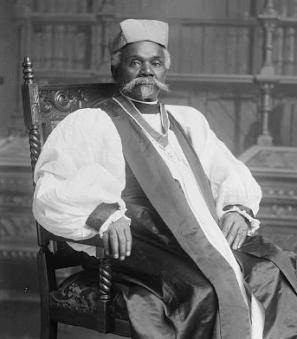A Washington Landmark: Ben’s Chili Bowl
“Ben’s is a familiar, comfortable place where the pulse of the community is not only felt, but also heard, the northern equivalent of sultry conversations full of laughter and history held in the twilight on southern porches, the last of a vanishing world where everyone knew just about everyone else, and even when they talked about you, no one really meant you any harm.” [1] –The Washington Post, 1989
According to co-founder Virginia Ali, Ben’s Chili Bowl has never been “your typical restaurant.”[2] Unlike other diners of the 1950s, Virginia’s husband Ben thought “Washington might be hungry for the kind of spicy dishes he had known while growing up in the Caribbean,” and so he created his own recipe for chili con carne—which remains a closely guarded family secret.[3]
A unique element of the restaurant at the beginning, was that “Ben’s spicy chili was served only atop hot dogs, half-smokes or hamburgers,” and not by the bowl as the place’s name would suggest.[4] Ben’s invention of the chili half-smoke (which he never actually tried himself because his Islamic faith forbid him from eating pork) quickly become D.C.’s staple food item, and for the next 20 years, loyal Washingtonians overcame a slew of significant obstacles to get their chili half-smoke fix.
Ben Ali, an immigrant from San Juan, Trinidad, came to the United States in 1945 to attend college, and ultimately become a doctor. He initially attended the University of Nebraska, but was forced to take several months off to recover from breaking his back after falling down an elevator shaft.[5] After that, he attended four other colleges before finally graduating from Howard University in Shaw. He then started at Howard’s dental school, but later dropped out, and made ends meet by doing everything from waiting tables and selling real estate, to driving taxis.[6]
In 1957, however, a vacant property on U Street with an interesting history caught Ben’s eye. Back in 1910, the newly constructed building was home to the first black-owned silent movie house in the country: the Minnehaha located at 1213 U Street. African American vaudeville performer Sherman H. Dudley bought the establishment, and from 1913 until 1920, the newly renamed Dudley Theatre served as a 200-seat vaudeville theatre.[7]
When vaudeville acts and silent films slowly started fading away due to the introduction of the popular “talkies” (films with sound), the theatre transitioned into a pool hall.[8] After the pool hall closed in 1957, Ben snatched up the property, and began a renovation process to convert it into a restaurant. While this renovation was taking place, Ben made several trips to the Industrial Bank at 11th and U where he met his future wife Virginia Rollins.[9] Ben, and then fiancée Virginia, opened Ben’s Chili Bowl on August 22, 1958, and were married two months later.
The opening of Ben’s came in the midst of U Street’s “Black Broadway” era. In the segregated Washington of the 20th century, African Americans, celebrity or not, were not welcome at many hang-outs, restaurants, and theatres in downtown D.C., and therefore started a vibrant, self-sufficient community of their own in the U Street district. This area quickly became home to Washington’s middle class black community, and with Howard University serving as the anchor in the area, other institutions promoting education, culture, and arts arose, including several major theatres that helped give birth to the name “Black Broadway.” Among the most famous theatres to take root in this area were the Howard Theatre, Bohemian Caverns, and The Lincoln Theatre.[10]
Ben’s Chili Bowl was conveniently located right in the heart of U Street’s entertainment district —next door to the Lincoln Theatre, and only a short walk away from the other theatres and jazz clubs. Situated right in the middle of the action, Ben’s quickly established itself as the place that the musicians went after gigs—especially those African American jazz performers who were not welcome downtown. In fact, it was a commonplace occurrence to find greats like Cab Calloway, Sara Vaughan, Ella Fitzgerald, and even U Street native and jazz legend Duke Ellington, stopping in for a chili dog when they were playing clubs in the area.[11] Bernard Demczuk, professor of African American history at George Washington University, and Ben’s official historian remarked that “when Cab Calloway would come in, once he got a couple of chili dogs in him, the spice would send him dancing up and down the aisle, tapping a few steps.”[12]
Ben’s wasn’t just populated with famous musicians—political leaders held meetings there too, and the restaurant became a particularly important spot during the Civil Rights Movement. The Student Nonviolent Coordinating Committee (SNCC) was headquartered across the street and its leader, Stokely Carmichael, ate at Ben’s every day, and used the restaurant as an outreach center. Dr. Martin Luther King Jr. even went to Ben’s for lunch occasionally, when he visited Washington.[13]
Following Dr. King’s assassination in 1968 however, Washington broke out into violent riots which ripped through the U Street neighborhood for five days. Whereas many restaurants and businesses closed due to the turmoil, Ben Ali obtained special police permission to keep his restaurant open during the riots, and it was one of only a few restaurants in the area that provided a place for protestors, police officers, and firefighters to eat in the midst of the violence.[14] Like many other African American business owners, Ben wrote the phrase “Soul Brother” on his restaurant window in soap in attempt to identify it as a black-owned business and discourage vandalism.[15] Whether it was this act, the restaurant’s popularity, or just good fortune, Ben’s made it out of the riots untouched by the fires and vandalism that destroyed so many other businesses on U Street.
In the 1970s and 1980s, however, U Street faced a high spike in crime and drugs in the aftermath of the riots. As Nizam Ali, one of Ben’s sons, remarked:
“There was a ridiculous amount of drug trafficking and crime, and D.C. was the murder capital of the world all those years. But we always felt safe. It was always a place where we respected the customer no matter who they were and they looked out for us, for the most part. People always had amazing respect for Mom, especially. From dealers to gang members— they would look at her as a mother figure.” [16]
In 2003, Virginia Ali told The Washington Post that during this time period, the “restaurant stopped selling cakes and pies because addicts were drawn in by the sweets,” and that the D.C. police even “conducted surveillance on drug dealers from an upstairs window in the restaurant.”[17]
Albeit with much shorter hours, Ben’s was one of the few businesses that prevailed through the Drug Wars. The Ali family proved that they could continue to run a loved, and successful restaurant, but the trying times would continue. In 1988, the construction of the Green Line Metro began in the street directly in front of their restaurant. Kamal Ali, another one of Ben’s sons, remarked that the Metro construction was “almost more devastating than the drugs, because people couldn’t get to us to eat.”[18] Despite the 60-foot crater in front of the building, and Ben’s decision to reduce the staff to the family and just two other employees, the restaurant still continued to attract hordes of loyal regulars, and half-smoke rookies alike.[19] The construction lasted from 1988 to 1991, and Ben’s was the only business on the block that survived.[20]
Once the Metro line was finished, the U Street neighborhood experienced a rejuvenation of sorts.[21] Businesses, restaurants, and theatres started coming back and the neighborhood once again became a center of entertainment and nightlife.
Today, Ben’s Chili Bowl is still the hot spot to eat in D.C., and it continues to welcome celebrities to its counter or red, vinyl-upholstered booths—all original to the 1950s. Former D.C. Mayor Marion Barry once remarked that on a trip to Ghana, he met with the Mayor of Accra, who was an alum of Howard University. The Mayor’s first greeting to Barry was, “Glad to have you in Accra. Is Ben’s Chili Bowl still there?”[22] And just before his inauguration in 2009, Former President Barack Obama even stopped by for a half-smoke.
While Ben Ali sadly passed away in 2009, the restaurant is still run by two of the Ali’s sons, Nizam and Kamal, and Virginia continues to stop by regularly. Ben’s Chili Bowl will continue to stand on U Street as a reminder of “what used to be” in Washington, while simultaneously representing progress, change, and a little chili too.
Footnotes
- ^ Nelson, Jill. 1989. “Camaraderie Is Spice of Life at Ben’s Chili Bowl: Friends and Neighbors Find A Home at U Street Eatery.” The Washington Post (1974-Current File); Washington, D.C., February 19, 1989, sec. METRO. https://search.proquest.com/hnpwashingtonpost/docview/140051820/abstrac….
- ^ “Ben’s Chili Bowl Virginia Ali || Where Are the Black Chefs? | PBS.” Ben’s Chili Bowl Virginia Ali | Q&A | Where Are the Black Chefs? | PBS. Accessed November 30, 2017. http://www.pbs.org/black-culture/explore/black-chefs/bens-chili-bowl-re….
- ^ Schudel, Matt. 2009. “Ben Ali, 82, Whose Chili Bowl Became a D.C. Landmark, Dies.” The Washington Post, October 9, 2009. http://www.washingtonpost.com/wp-dyn/content/article/2009/10/08/AR20091….
- ^ Wilgoren, Debbi. 2003. “The Bottomless Bowl of U Street.” Washington Post, August 21–500, 2003.
- ^ Schudel, Matt. 2009. “Ben Ali, 82, Whose Chili Bowl Became a D.C. Landmark, Dies.” The Washington Post, October 9, 2009. http://www.washingtonpost.com/wp-dyn/content/article/2009/10/08/AR20091….
- ^ Ibid.
- ^ “Minnehaha Theater in Washington, DC - Cinema Treasures.” Accessed November 30, 2017. http://cinematreasures.org/theaters/18967.
- ^ “If These Walls Could Talk: Ben’s Chili Bowl, DC - Zagat.” Accessed November 30, 2017. https://www.zagat.com/b/if-these-walls-could-talk-bens-chili-bowl-dc.
- ^ Ibid; Wilgoren, Debbi. 2003. “The Bottomless Bowl of U Street.” Washington Post, August 21–500, 2003. https://www.washingtonpost.com/archive/local/2003/08/21/the-bottomless-….
- ^ “The Story of D.C.’s Black Broadway on U before Harlem.” from “Black Broadway on U: A Transmedia Project,” 5:24. http://blackbroadwayonu.com/.
- ^ Watch Now: WETA Neighborhoods | Ben’s Chili Bowl | WETA Video. 2006. Accessed November 30, 2017. http://video.pbs.org/video/1376534268/.
- ^ “If These Walls Could Talk: Ben’s Chili Bowl, DC - Zagat.” Accessed November 30, 2017. https://www.zagat.com/b/if-these-walls-could-talk-bens-chili-bowl-dc.
- ^ Ibid.
- ^ Schudel, Matt. 2009. “Ben Ali, 82, Whose Chili Bowl Became a D.C. Landmark, Dies.” The Washington Post, October 9, 2009. http://www.washingtonpost.com/wp-dyn/content/article/2009/10/08/AR20091….
- ^ Wilgoren, Debbi. 2003. “The Bottomless Bowl of U Street.” Washington Post, August 21–500, 2003. https://www.washingtonpost.com/archive/local/2003/08/21/the-bottomless-….
- ^ “If These Walls Could Talk: Ben’s Chili Bowl, DC - Zagat.” Accessed November 30, 2017. https://www.zagat.com/b/if-these-walls-could-talk-bens-chili-bowl-dc.
- ^ Schudel, Matt. 2009. “Ben Ali, 82, Whose Chili Bowl Became a D.C. Landmark, Dies.” The Washington Post, October 9, 2009. http://www.washingtonpost.com/wp-dyn/content/article/2009/10/08/AR20091….
- ^ Watch Now: WETA Neighborhoods | Ben’s Chili Bowl | WETA Video. 2006. Accessed November 30, 2017. http://video.pbs.org/video/1376534268/.
- ^ Schudel, Matt. 2009. “Ben Ali, 82, Whose Chili Bowl Became a D.C. Landmark, Dies.” The Washington Post, October 9, 2009. http://www.washingtonpost.com/wp-dyn/content/article/2009/10/08/AR20091….
- ^ Wilgoren, Debbi. 2003. “The Bottomless Bowl of U Street.” Washington Post, August 21–500, 2003. https://www.washingtonpost.com/archive/local/2003/08/21/the-bottomless-….
- ^ The surge in development within the U Street corridor since the Metro station opened has contributed to demographic changes -- and some tensions -- within the neighborhood. For more insight on gentrification, see NPR’s recent feature on the nearby Shaw neighborhood, which is currently grappling with many of the same issues that U Street has faced: https://www.npr.org/2017/01/16/505606317/d-c-s-gentrifying-neighborhoods-a-careful-mix-of-newcomers-and-old-timers) Also, see American University professor Derek S. Hyra’s book Race, Class, Politics in the Cappucino City (University of Chicago Press, 2017).
- ^ Schudel, Matt. 2009. “Ben Ali, 82, Whose Chili Bowl Became a D.C. Landmark, Dies.” The Washington Post, October 9, 2009. http://www.washingtonpost.com/wp-dyn/content/article/2009/10/08/AR20091….


![Ben's Chili Bowl, 1980 (Photo Source: Library of Congress) Highsmith, Carol M, photographer. Ben's Chili Bowl, Washington, D.C. United States Washington D.C, None. [Between 1980 and 2006] Photograph. Retrieved from the Library of Congress, https://www.loc.gov/item/2011635251/. (Accessed December 04, 2017.) Ben's Chili Bowl, 1980 (Photo Source: Library of Congress) Highsmith, Carol M, photographer. Ben's Chili Bowl, Washington, D.C. United States Washington D.C, None. [Between 1980 and 2006] Photograph. Retrieved from the Library of Congress, https://www.loc.gov/item/2011635251/. (Accessed December 04, 2017.)](/sites/default/files/styles/embed/public/17058v.jpg?itok=gFFuiFuS)
![Ben's Chili Bowl, 1980 (Photo Source: Library of Congress) Highsmith, Carol M, photographer. Ben's Chili Bowl, Washington, D.C. United States Washington D.C, None. [Between 1980 and 2006] Photograph. Retrieved from the Library of Congress, https://www.loc.gov/item/2011635251/. (Accessed December 04, 2017.) Ben's Chili Bowl, 1980 (Photo Source: Library of Congress) Highsmith, Carol M, photographer. Ben's Chili Bowl, Washington, D.C. United States Washington D.C, None. [Between 1980 and 2006] Photograph. Retrieved from the Library of Congress, https://www.loc.gov/item/2011635251/. (Accessed December 04, 2017.)](/sites/default/files/17058v.jpg)
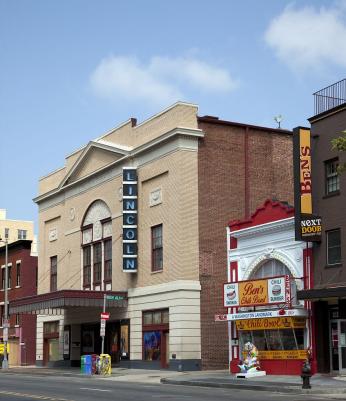
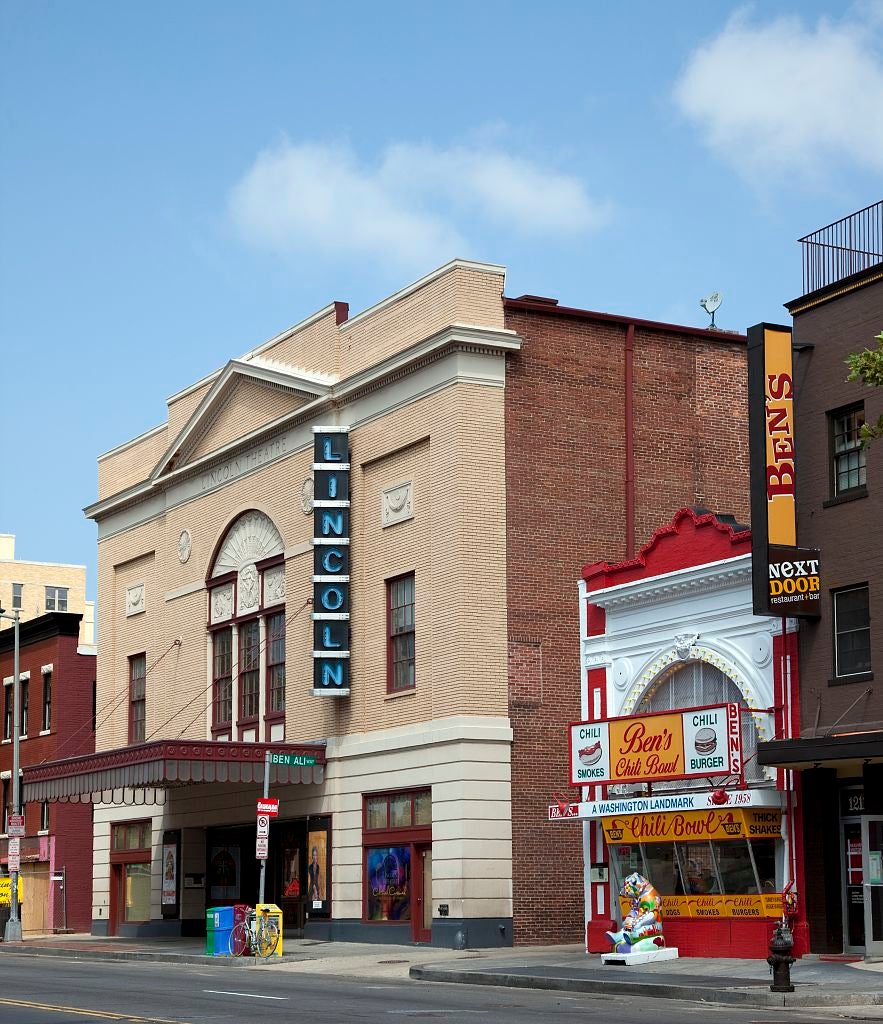
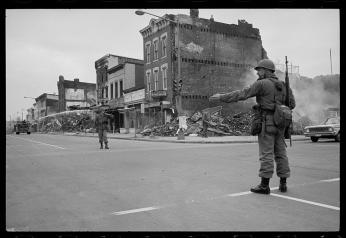
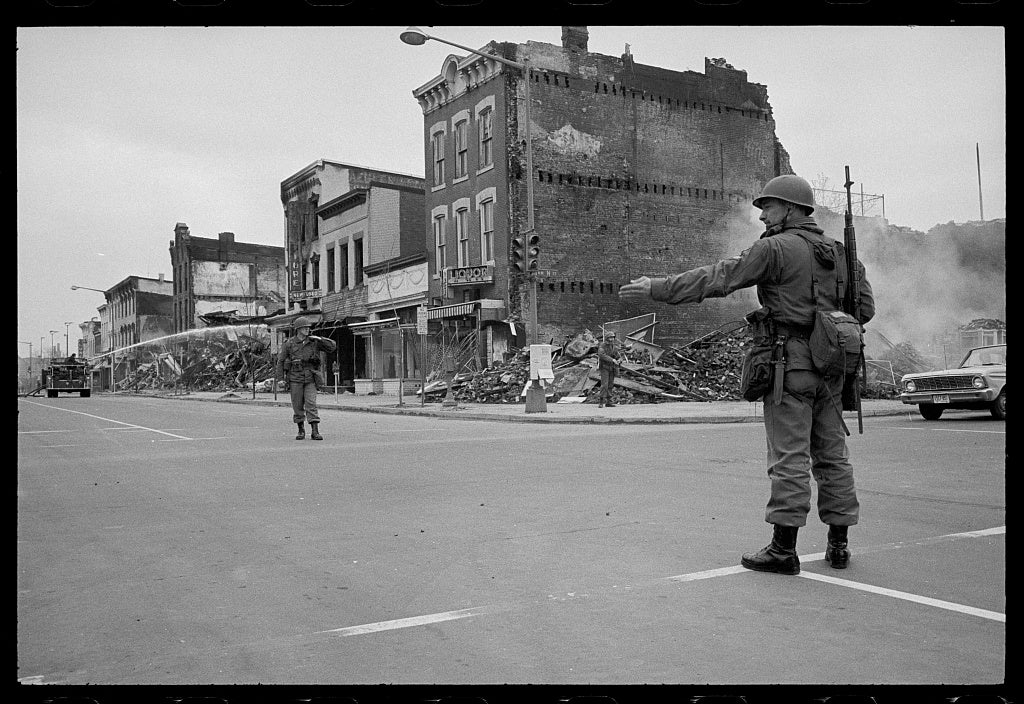
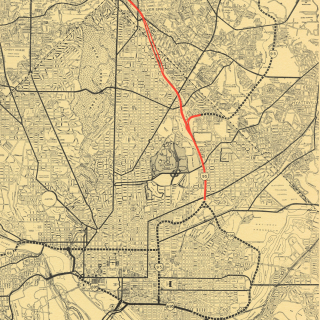
![“The restored Lincoln Theatre, once a premier African-American entertainment venue, Washington, D.C.” (Photo Source: The Library of Congress) Highsmith, Carol M, photographer. The restored Lincoln Theatre, once a premier African-American entertainment venue, Washington, D.C. United States Washington D.C, None. [Between 1980 and 2006] Photograph. https://www.loc.gov/item/2011636050/. “The restored Lincoln Theatre, once a premier African-American entertainment venue, Washington, D.C.” (Photo Source: The Library of Congress) Highsmith, Carol M, photographer. The restored Lincoln Theatre, once a premier African-American entertainment venue, Washington, D.C. United States Washington D.C, None. [Between 1980 and 2006] Photograph. https://www.loc.gov/item/2011636050/.](/sites/default/files/styles/crop_320x320/public/17856v.jpg?itok=KiWAaHRq)
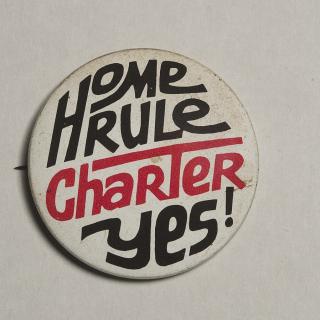
![Sketch of the mythical fuan by Pearson Scott Foresman. [Source: Wikipedia]](/sites/default/files/styles/crop_320x320/public/2023-10/Goatman_Wikipedia_Faun_2_%28PSF%29.png?h=64a074ff&itok=C9Qh-PE1)











